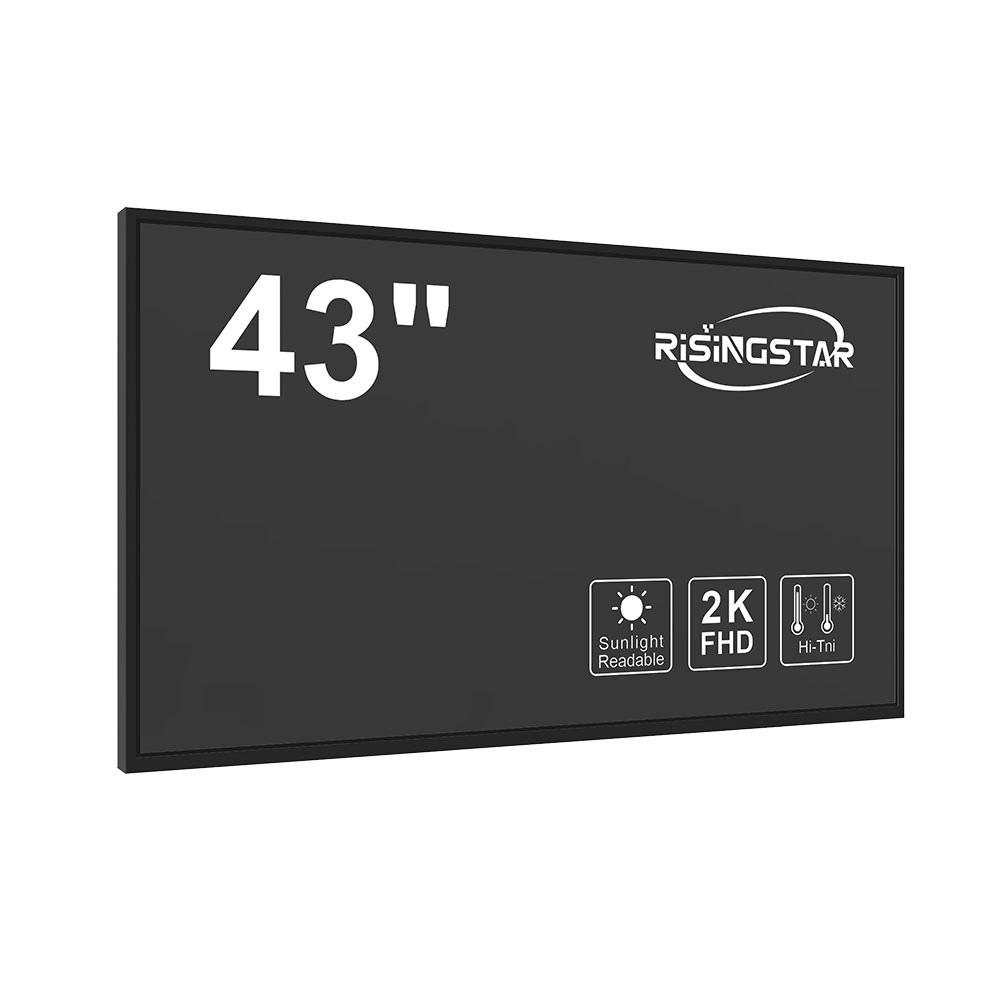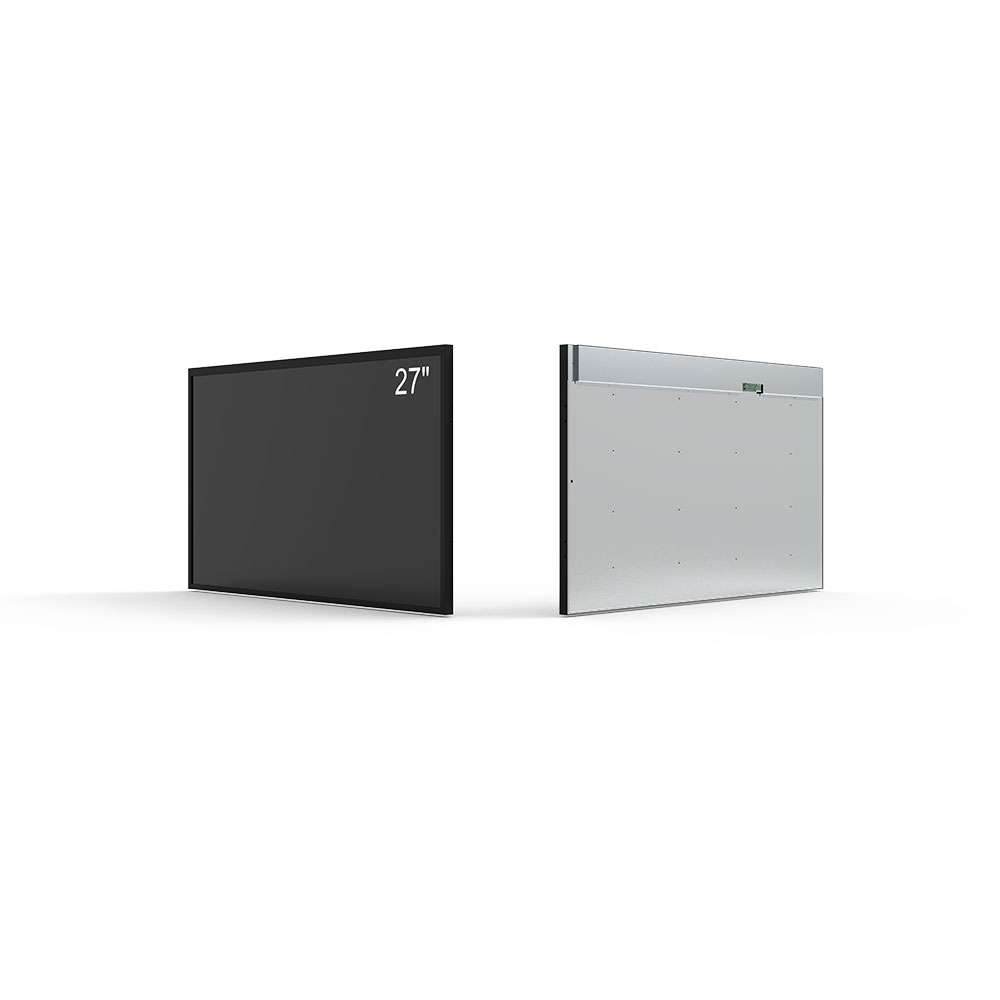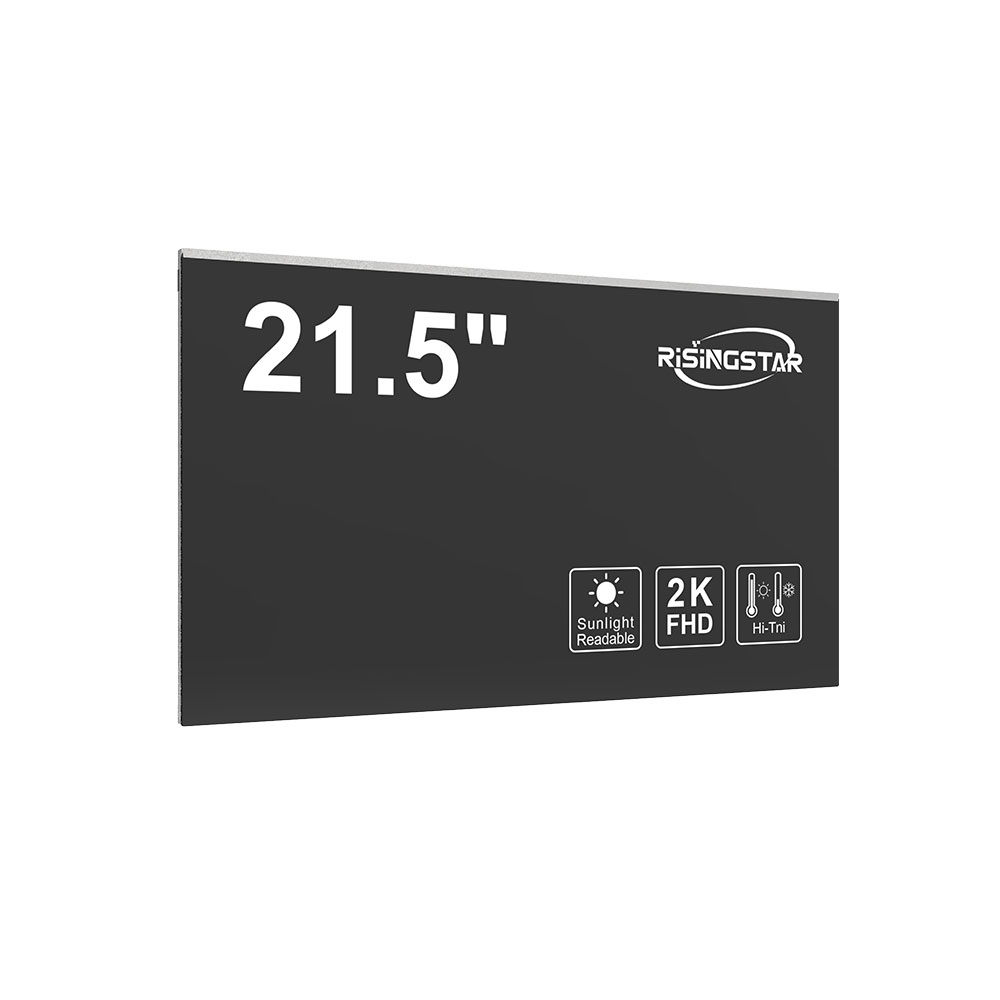When selecting an outdoor LCD screen for commercial, industrial, or public use, it’s essential to prioritize both visibility under diverse lighting conditions and long-term durability in harsh environments. Whether deploying a digital signage solution for retail, transportation hubs, or sports venues, understanding key technical specifications ensures optimal performance and return on investment.
Brightness and Contrast Ratio
Outdoor LCD screens must operate effectively in direct sunlight, where ambient light can severely reduce visibility. Industry standards recommend a minimum brightness of 5,000 nits for full sunlight readability. High-end models often exceed 7,000 nits, with advanced anti-glare coatings and high contrast ratios (typically 3,000:1 or higher) to maintain image clarity. According to the Society of Information Display (SID), screens with dynamic backlighting and local dimming technologies significantly improve energy efficiency while enhancing contrast.

Environmental Protection Ratings
IP65 or higher ingress protection is critical—this rating indicates resistance to dust and water jets from any direction. For extreme climates, such as coastal areas or arctic zones, IP68 (full submersion capability) may be necessary. In addition, thermal management systems like passive cooling or active fan solutions prevent overheating in summer or freezing damage in winter. Real-world deployments in Dubai’s desert heat (up to 50°C) and Finland’s sub-zero temperatures confirm that proper thermal design extends screen lifespan by over 40%.

Panel Technology and Viewing Angles
IPS (In-Plane Switching) panels are preferred for outdoor applications due to superior color accuracy and wide viewing angles (up to 178°). While VA panels offer deeper blacks, they suffer from narrower angles and slower response times—making them less suitable for dynamic content. Manufacturers like LG, Samsung, and Sharp have developed specialized outdoor-grade IPS panels that maintain performance across temperature ranges from -20°C to +60°C.

Maintenance and Remote Management
Remote diagnostics via Ethernet or cellular connectivity reduce downtime. Features like automatic brightness adjustment based on ambient light sensors not only save power but also prolong LED backlight life. Case studies from London Underground show that integrated remote management reduced maintenance costs by 35% over two years.
Compliance and Certification
Ensure compliance with international safety standards such as CE, FCC, and RoHS. For public installations, UL certification for electrical safety and IEC 60068 for environmental stress testing add credibility. These certifications are not just legal requirements—they signal quality assurance to clients and end-users.
By integrating these technical criteria, businesses can deploy outdoor LCD screens that deliver consistent performance, minimize operational disruptions, and provide clear visual communication regardless of weather or lighting conditions.







